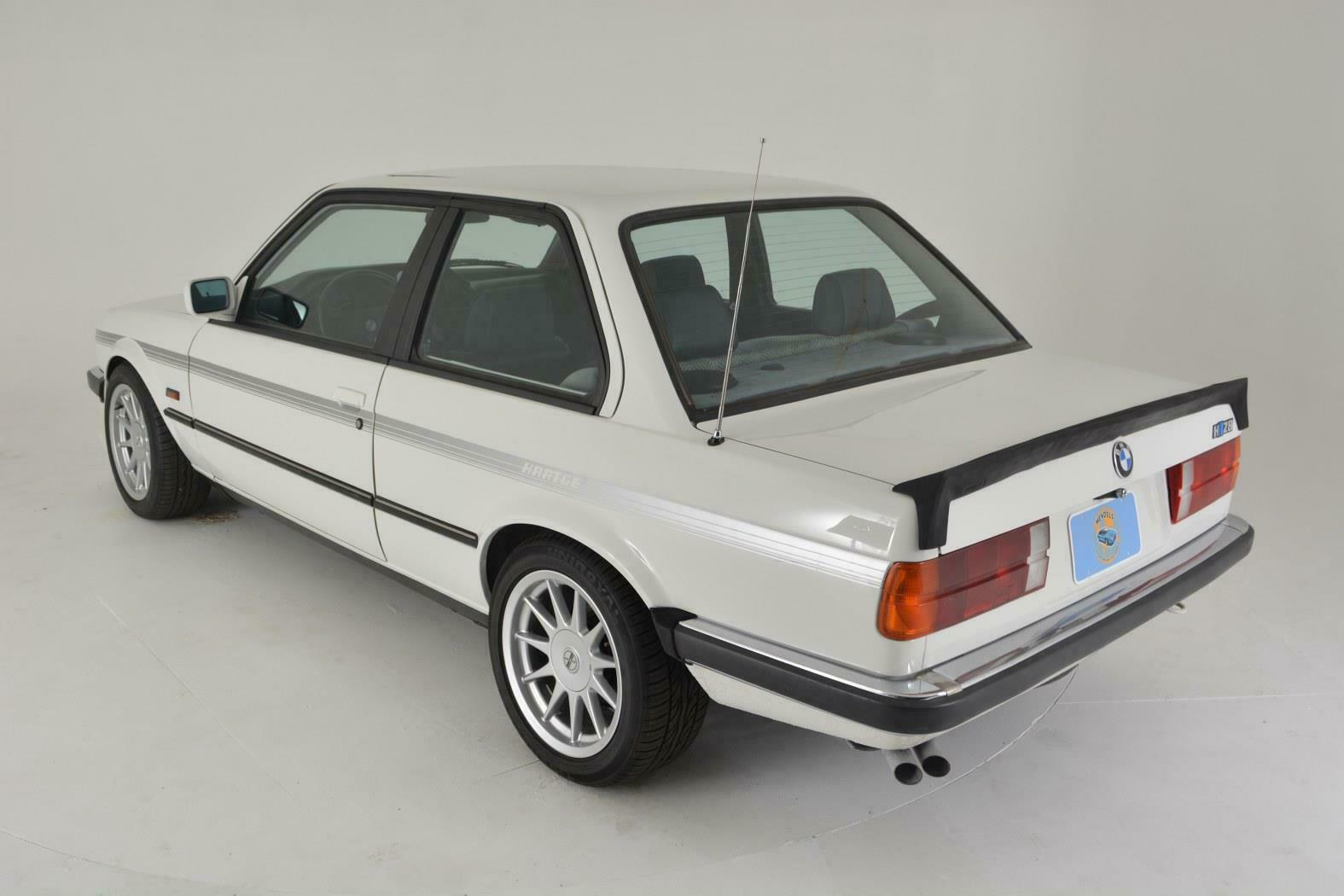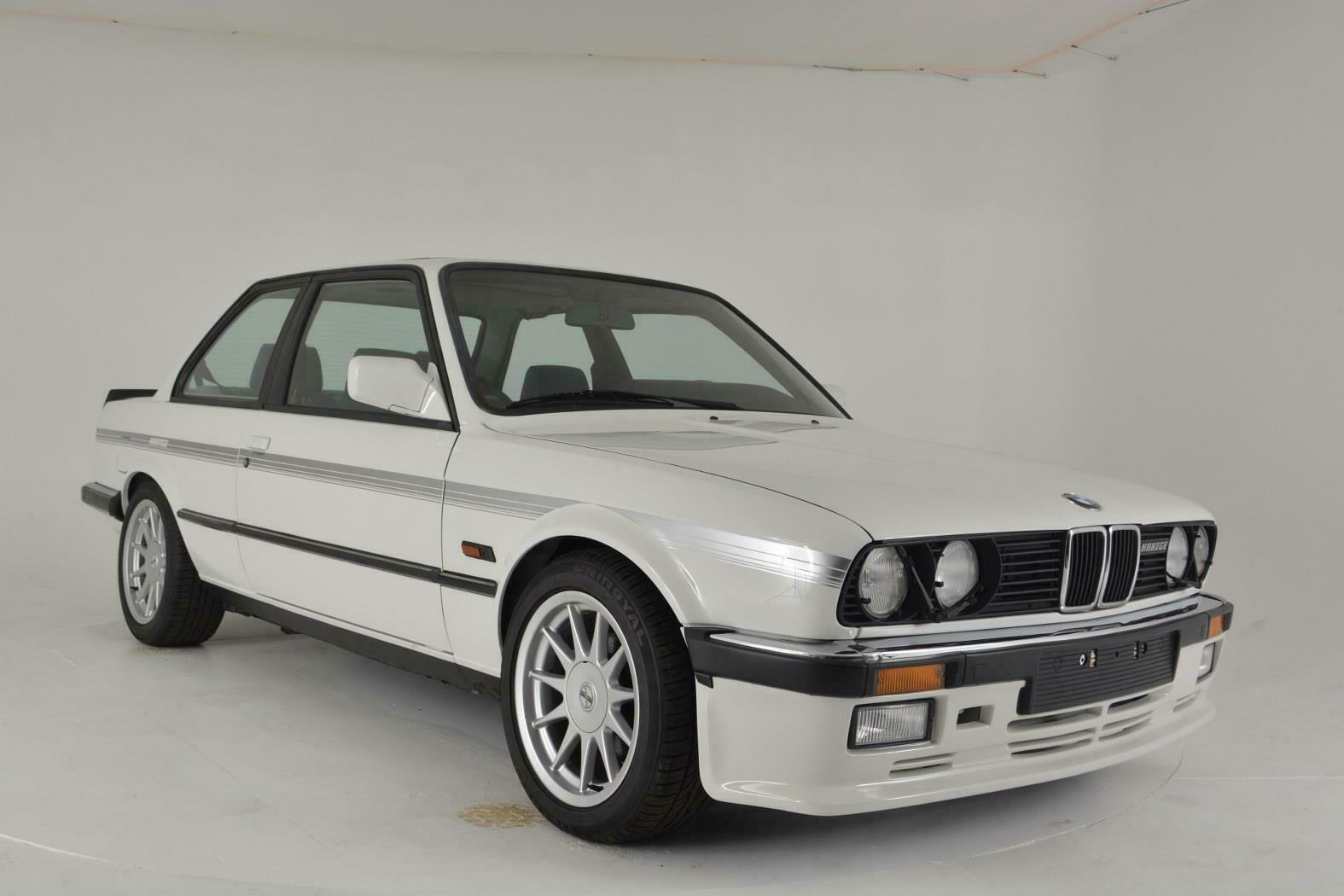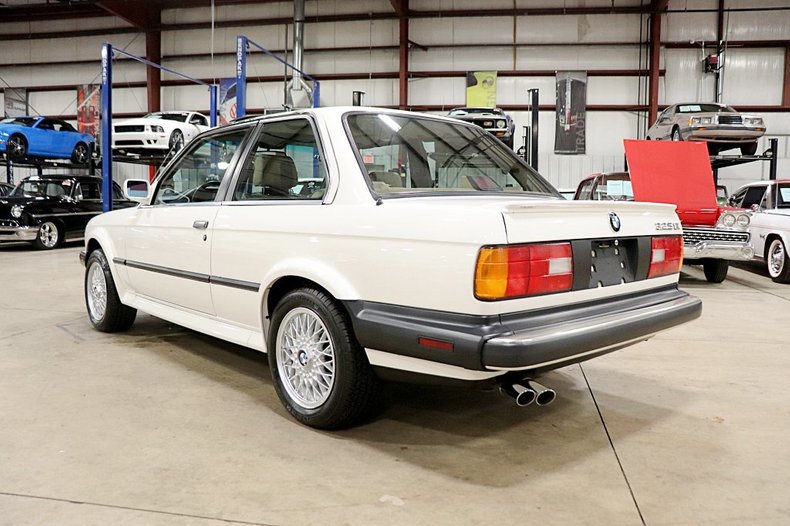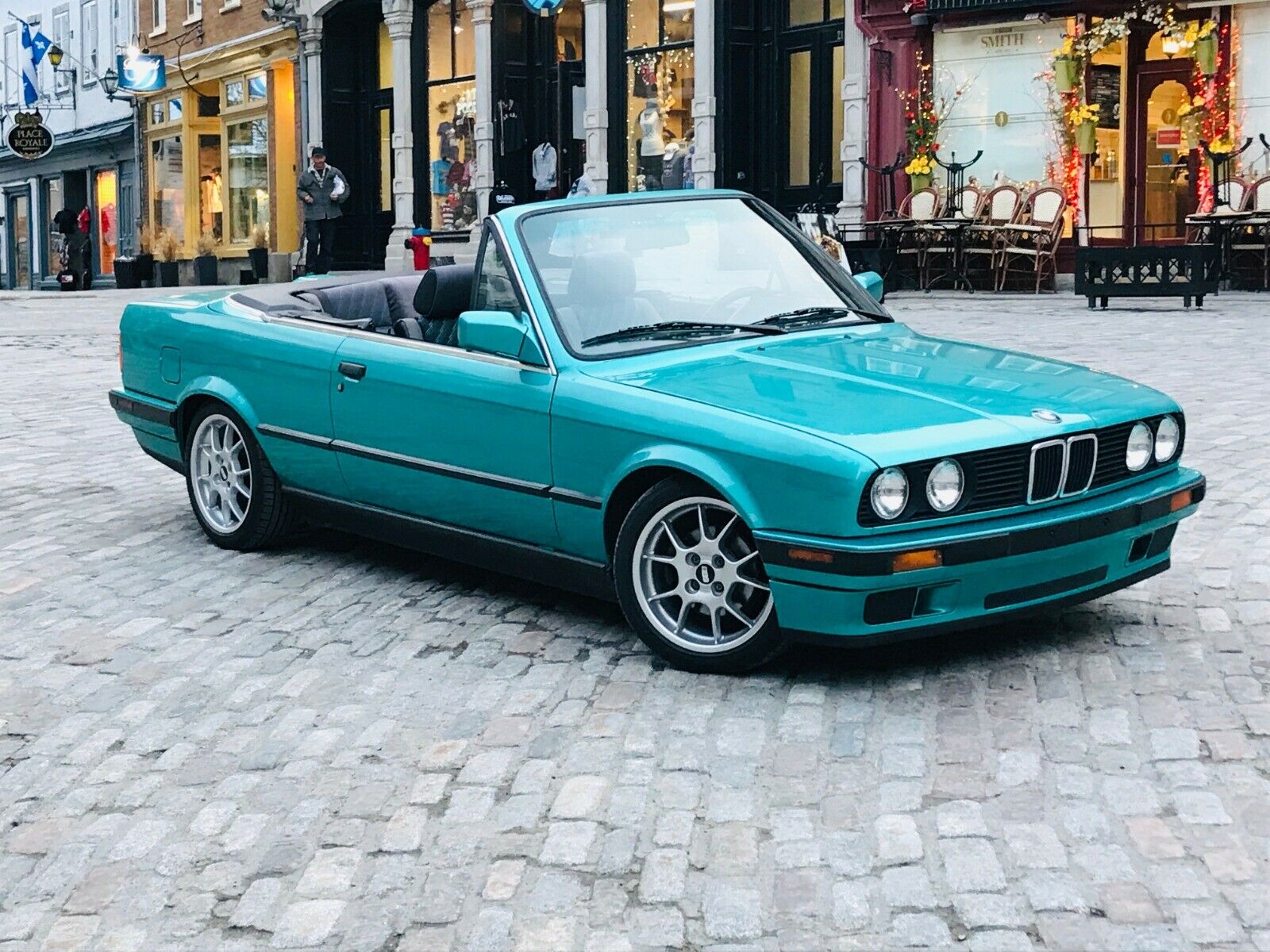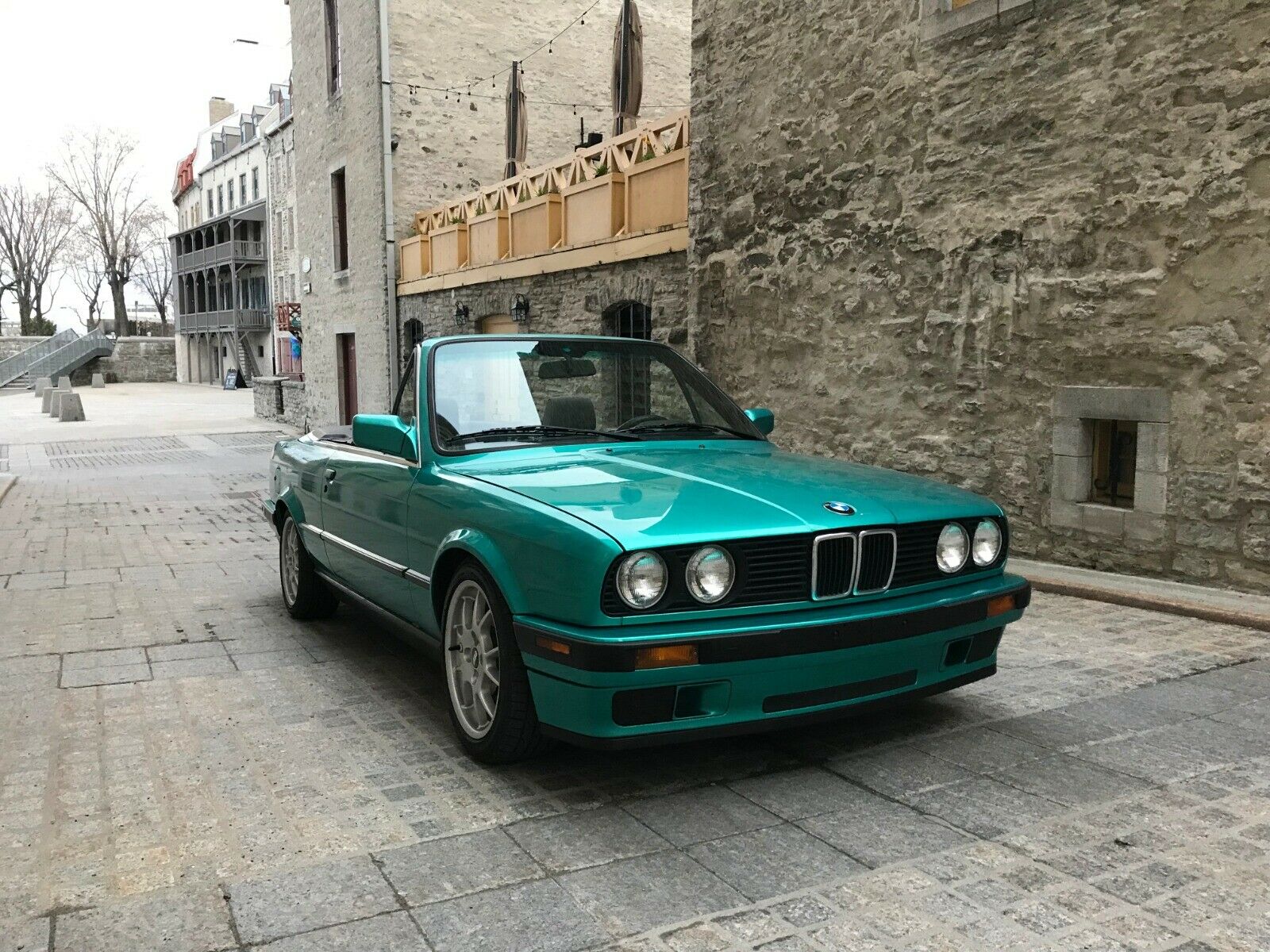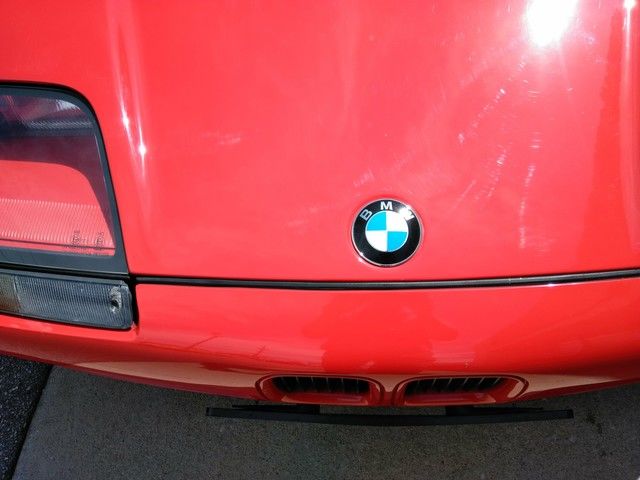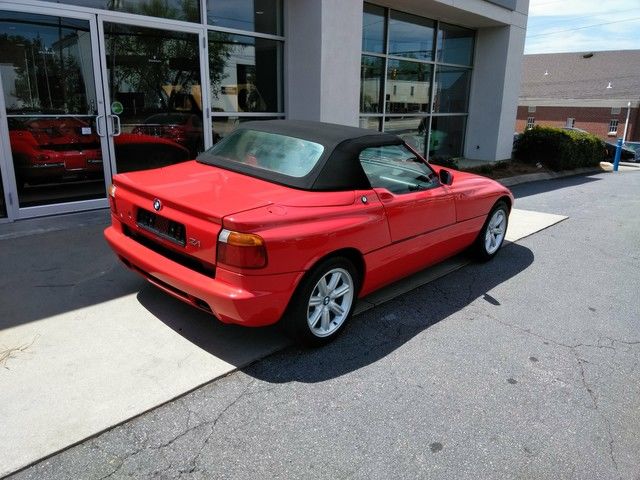Though not as familiar as Alpina, Hartge was another tuner who took BMWs to a higher level. Starting in the early 1970s, they similarly modified cars with higher output motors, special suspension and body kits, and even eventually their own wheel line. In 1985 Hartge was granted special production status in Germany, but their volume never approached that of their rivals. As a result, it’s a bit of a special treat anytime a fully modified Hartge turns up.
The E30 Hartge range was fairly similar to Alpina’s C and B range, with designations associated with their engine displacement. From the 170 horsepower H23 to the 210 horsepower H27, tuned versions of the M20 were employed – some with unique individual throttle bodies, bespoke exhaust manifolds and camshafts, and other trick items. But Hartge also stuck the M30 in the chassis, creating this car – the H28 – and an even more potent H35. The H28 was rated at 210 horsepower – a 70 horsepower upgrade from the stock 323i on which the car was based – and also was met with upgraded suspension, differential, wheels and tires, brakes and body kit. Like Alpina, you could buy many of these parts piecemeal from authorized sellers, making fully modified factory Hartges quite rare:
